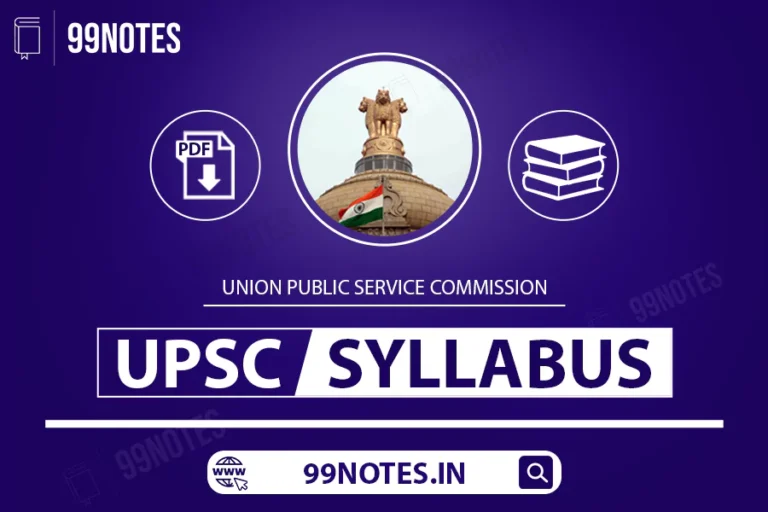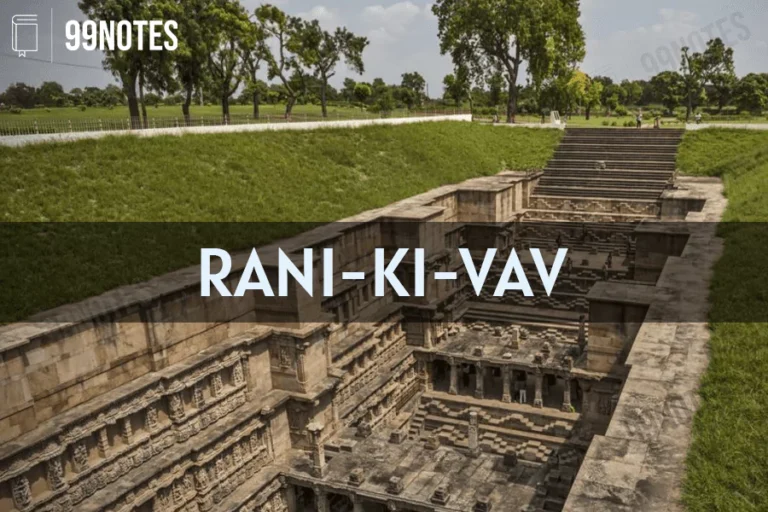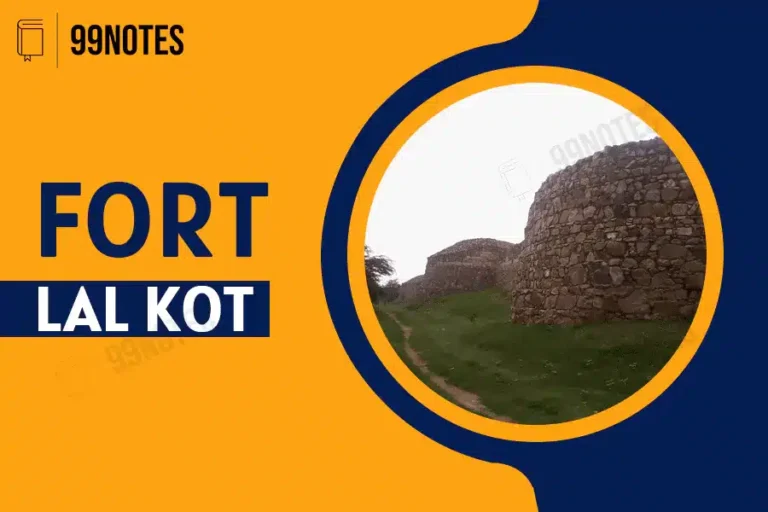UPSC Agriculture Optional Syllabus for CSE Mains 2024
Complete Agriculture Syllabus for UPSC CSE Mains 2024 ➼ click here to download Agriculture Syllabus for UPSC Syllabus of Agriculture Optional PAPER I Ecology and its relevance to man, natural resources, their sustainable management and conservation. Physical and social environment as factors of crop distribution and production. Agro-ecology; cropping pattern as indicators of environments. Environmental…










